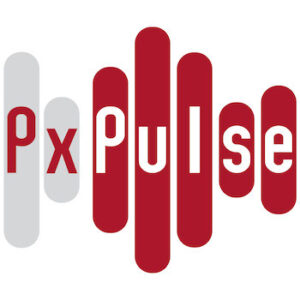With all the talk about new HIV prevention products such as the dapivirine vaginal ring or injectable cabotegravir for PrEP (CAB for PrEP), what’s little understood is how to match proven products with the programs, policies and political will needed to get them to the people who need them. This episode explores the shifting landscape in HIV prevention and how this moment gives the world a chance to finally reimagine how to DELIVER prevention.
We go from big picture to grass roots, and dig into what it’s going to take to reach global targets. There’s a new road map out from the Global HIV Prevention Coalition with a big vision and a new target of less than 370,000 new infections by 2025. And PEPFAR’s new Strategic Direction talks about a target for ending the epidemic as a public health threat by 2030, but how are we going to get there?
This episode brings three perspectives together:
PEPFAR Ambassador Dr. John Nkengasong describes a model to scale up prevention in 5 countries and show impact in 1-2 years.
Executive Director of HEPS-Uganda, and former AVAC Advocacy Fellow, Kenneth Mwehonge talks about the commitments needed from a range of stakeholders to bring the Coalition’s new roadmap to life, and hit 2030 targets.
Lilian Benjamin Mwakyosi, the Executive Director of DARE and former AVAC Advocacy Fellow, talks about the day-to-day obstacles faced by young women who need prevention, what’s working now and what needs to change in HIV prevention programs.
Highlights
- Listen to the ambassador’s appeal for an aggressive strategy to scale up combination prevention, including injectable cabotegravir for PrEP.
Resources
